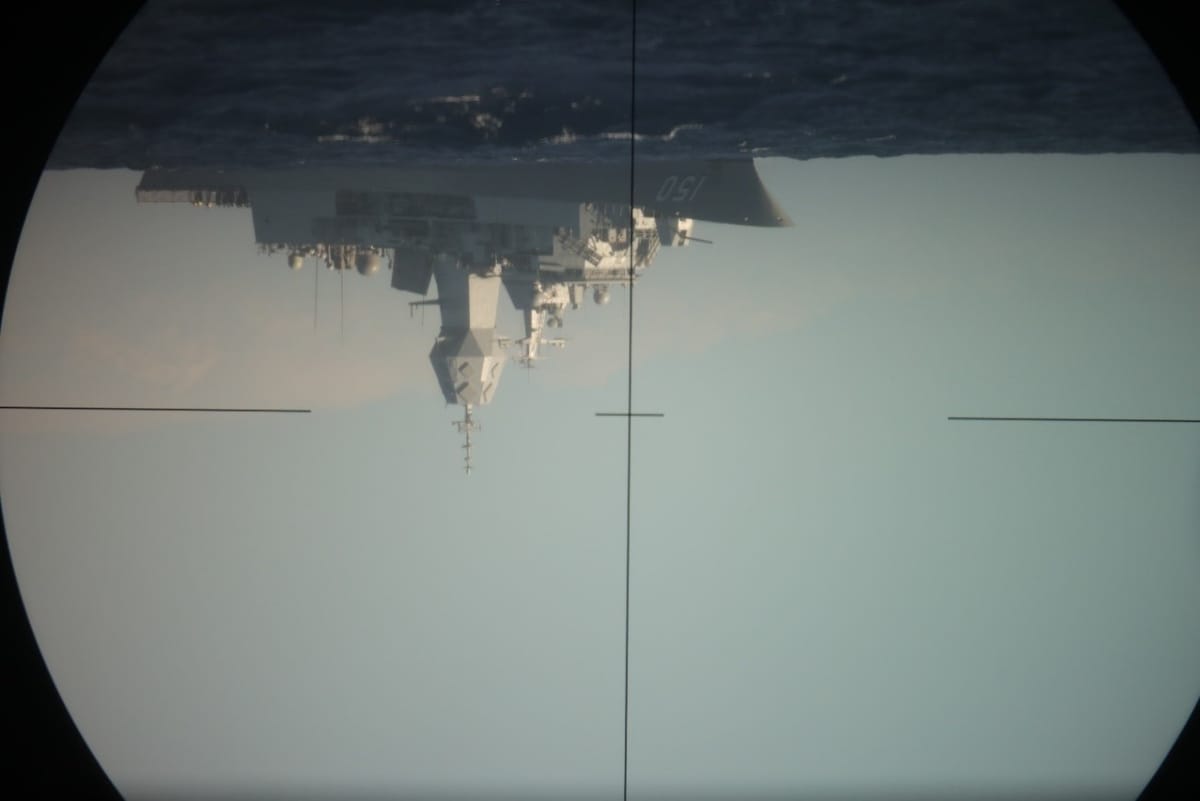As part of the original crew of HMAS ANZAC, I was sad to see the ship decommissioned last month after almost 30 years’ service. The retirement of this warship inevitably sparked discussions about a potential “capability gap” in the Royal Australian Navy’s surface combatant fleet, especially in light of recommendations in the recent Defence Strategic Review to increase the lethality of the Australian Defence Force. But there is more to capability than the mere number of ships on the water.
The current debate on a capability gap often lacks clarity. Is the gap between Australia’s current fleet and the number of ships the government is aiming for? Or is it about matching the capabilities of the Chinese navy? If it’s the former, then a gap is no surprise until the new ships materialise, and while perhaps the expansion of the surface fleet size could have begun earlier that is irrelevant now. If it’s the latter, a permanent gap will exist, as outmatching the Chinese navy is neither realistic nor necessary.
Joseph Stalin reputedly said, “Quantity has a quality all its own.” While there is truth to this statement, military capability also hinges on qualitative aspects, particularly concerning high-tech equipment and the personnel who operate them.
The number of ships is important, but it must be the number of ships that can contribute effectively.
The decision to rapidly acquire three general-purpose frigates from overseas, without modifications, underscores the recognition of the need for Australia to boost its fleet size. Regardless of how capable it is, one ship can only be in one place at a time, so increasing the size of the surface fleet – all else being equal – enhances the ADF’s lethality and its ability to protect Australia’s maritime interests. But the number of hulls is just one aspect of this broader objective.
Transitioning to a more focused and lethal force involves making tough decisions to cancel, divest, delay, or re-scope activities. Despite my soft spot for HMAS ANZAC, the decommissioning was logical. It prioritises funding for new general-purpose frigates and more capable weapons over extended sustainment of the oldest ANZAC class frigates. It is well known that there have been issues with ANZAC Class availability and HMAS ANZAC, the oldest ship of the class, has been alongside for some time. Maintaining a ship that seldom sail is costly in terms of money and personnel – resources that could be better used elsewhere.

The decommissioning of HMAS ANZAC will not impact the navy’s ability to deploy ships or the ADF’s sea control capabilities. The resources freed will enhance other capabilities, such as the various missile systems under development. Additionally, the navy is expanding its fleet of combat helicopters to 36, and the Royal Australian Air Force (RAAF) will operate 14 P-8 Poseidon Maritime Patrol Aircraft, both capabilities which are critical for sea control. Along with more lethal weapons, the resources released will also assist in upgrades to in-service systems, such as the planned Combat System upgrade for the Hobart Class Destroyers which will make those ships significantly more potent. Resources spent on these endeavours, instead of maintaining a ship alongside, will see an increase in overall ADF capability, not a reduction.
The ANZAC class was designed for a different era. Acquired in the 1990s, the decision was made to purchase more hulls with less capability due to budget constraints. Although equipped with 32 Evolved Sea Sparrow Missiles (ESSM) for self-defence, the ships lacked significant offensive capability. This was suitable during a time when Australia enjoyed significant advantages in sea and air control, but the current strategic environment demands more. That is not to say the ANZAC Class now have no contemporary role – there are many tasks they remain well suited for below the level of high intensity conflict as well as key roles in a conflict. Rather, that a reduction in focus on the ANZAC Class to offset an increase at the higher end of capability across the ADF makes more sense.
The Defence Strategic Review highlighted the need for the ADF to adopt longer-range weapons and to focus on offensive operations to implement a strategy of “deterrence by denial”. While surface combatants play crucial roles in air, surface, and subsurface warfare, the ADF is moving towards a truly integrated force, capable of coordinating sea, land, air, cyber, and space capabilities effectively. The RAAF’s increasing capability against surface ships with new missiles, supported by advanced targeting and command and control systems, complements this integration.
The number of ships is important, but it must be the number of ships that can contribute effectively. Given HMAS ANZAC’s status, the decommissioning does not increase any “capability gap” – quite the opposite.

